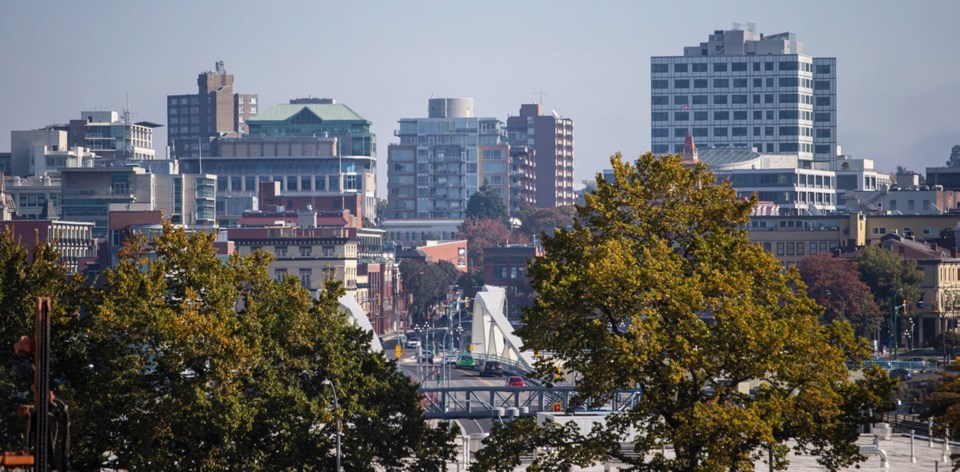Greater Victoria residential property owners will see increases of between five to 10 per cent in assessed values, B.C. Assessment said Thursday.
While assessed values are going up, they are increasing at a lower rate than last year.
“After years of dramatic increases in B.C.’s annual property assessments, we are now seeing signs of moderation as the real estate market softens in some areas of the province,” B.C. Assessment said in a statement.
“It is a real mix in property value changes, but the market can best be summed up as showing signs of stability across most areas of the province,” said assessor Tina Ireland.
In the capital region, increases of five to 10 per cent are expected for both single-family homes and strata units, she said.
This is a change from last year, when the hot real estate market and a shortage of supply drove up typical values by 15 to 35 per cent for condominiums and townhouses.
Supply is not such a problem now, as more condominiums have come on stream throughout the capital region amid a construction boom.
Last year, the increase for single-family homes in most areas was between 10 and 25 per cent.
The Uplands area of Oak Bay, a high-end neighbourhood, will see a lower rate of increase but figures were not available.
Greater Victoria’s real estate market has seen a slowing of sales in the $1-million-plus sector.
Many areas of Metro Vancouver might see a drop in single-family assessments of between of five and 10 per cent compared with last year, Ireland said.
Province-wide, single-family houses will see increases of between five to 15 per cent.
Central and northern Vancouver Island house owners can expect to see increases closer to 20 per cent.
Typical commercial and industrial properties will rise in most places by 10 to 20 per cent, with some Metro Vancouver markets rising by up to 30 per cent.
Assessment notices are mailed in early January. Property owners can check online as of Jan. 1.
The notices show the estimate of a property’s market value as of July 1, 2018. The value is based on factors including nearby sales, size, age, quality, condition, view and location.
“When properties similar to your property are sold around July 1, those sale prices are used to calculate your assessed value,” Ireland said. “Our job is to make sure your assessment is fair and accurate as compared to your neighbours.”
An increase in assessment does not necessarily translate into a matching increase in property taxes.
If the assessed value of one home goes up at a rate similar to other properties in a particular community, then taxes typically rise only by the mill rate set by a municipality. Municipalities set mill rates to cover their annual budgets. A mill rate refers to how much tax is paid per dollar of assessed property value.
Property taxes form a major basis of a municipality’s revenue, which funds services for citizens.



